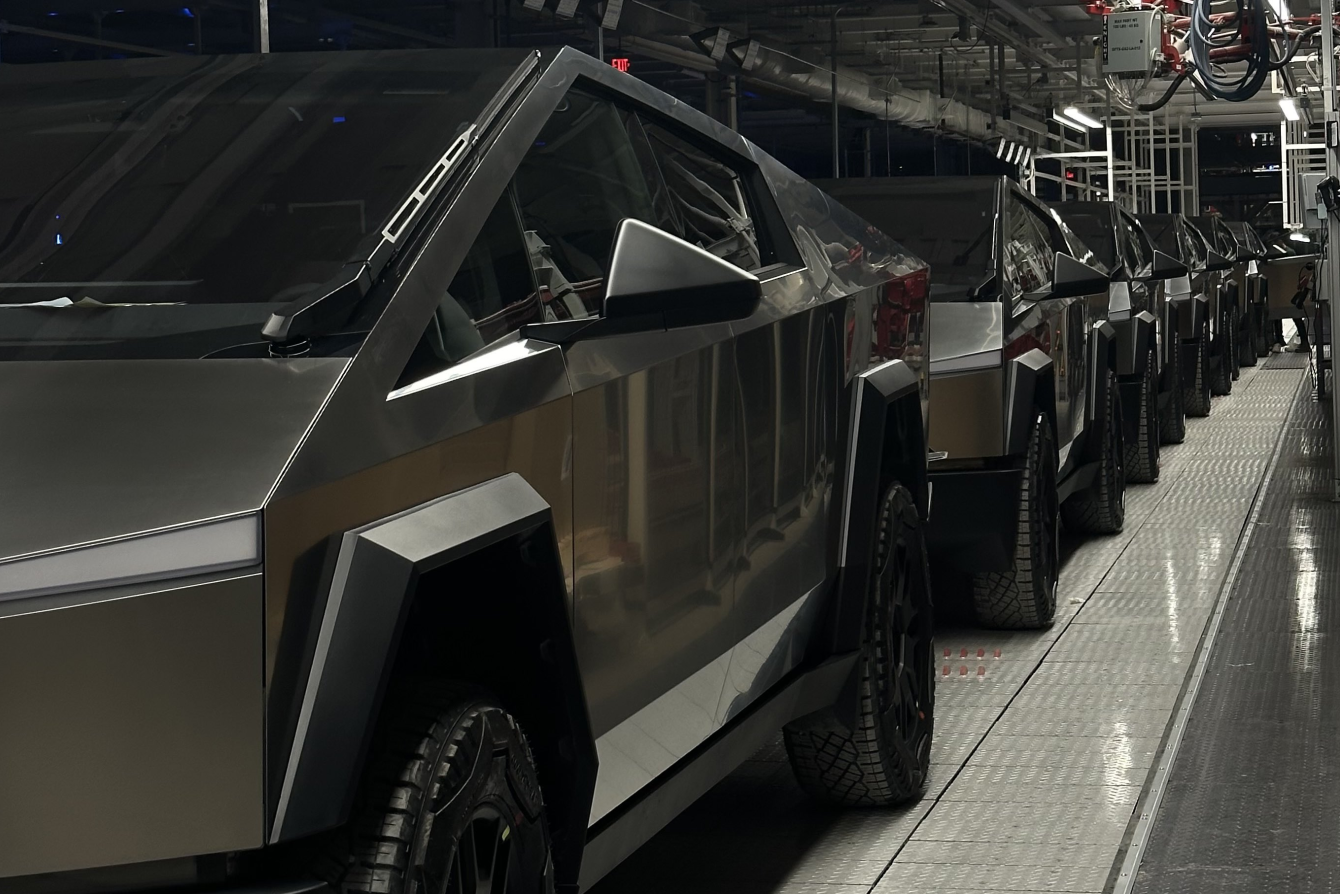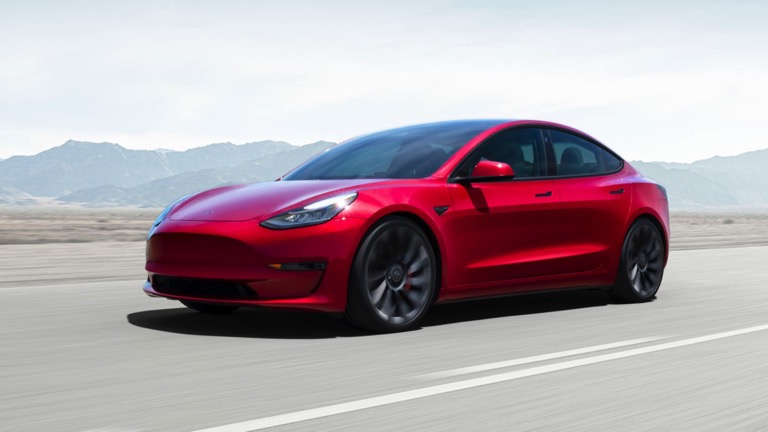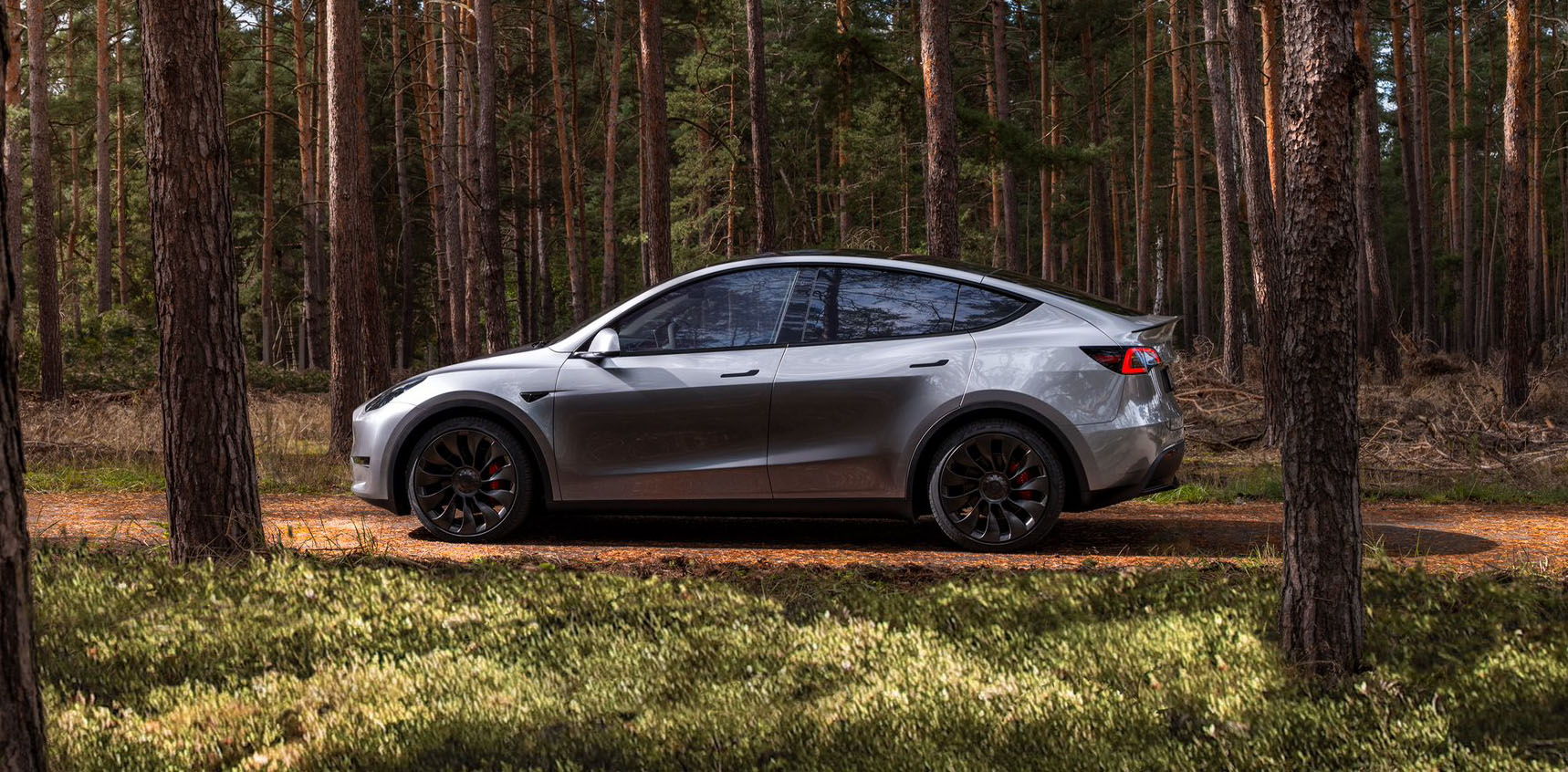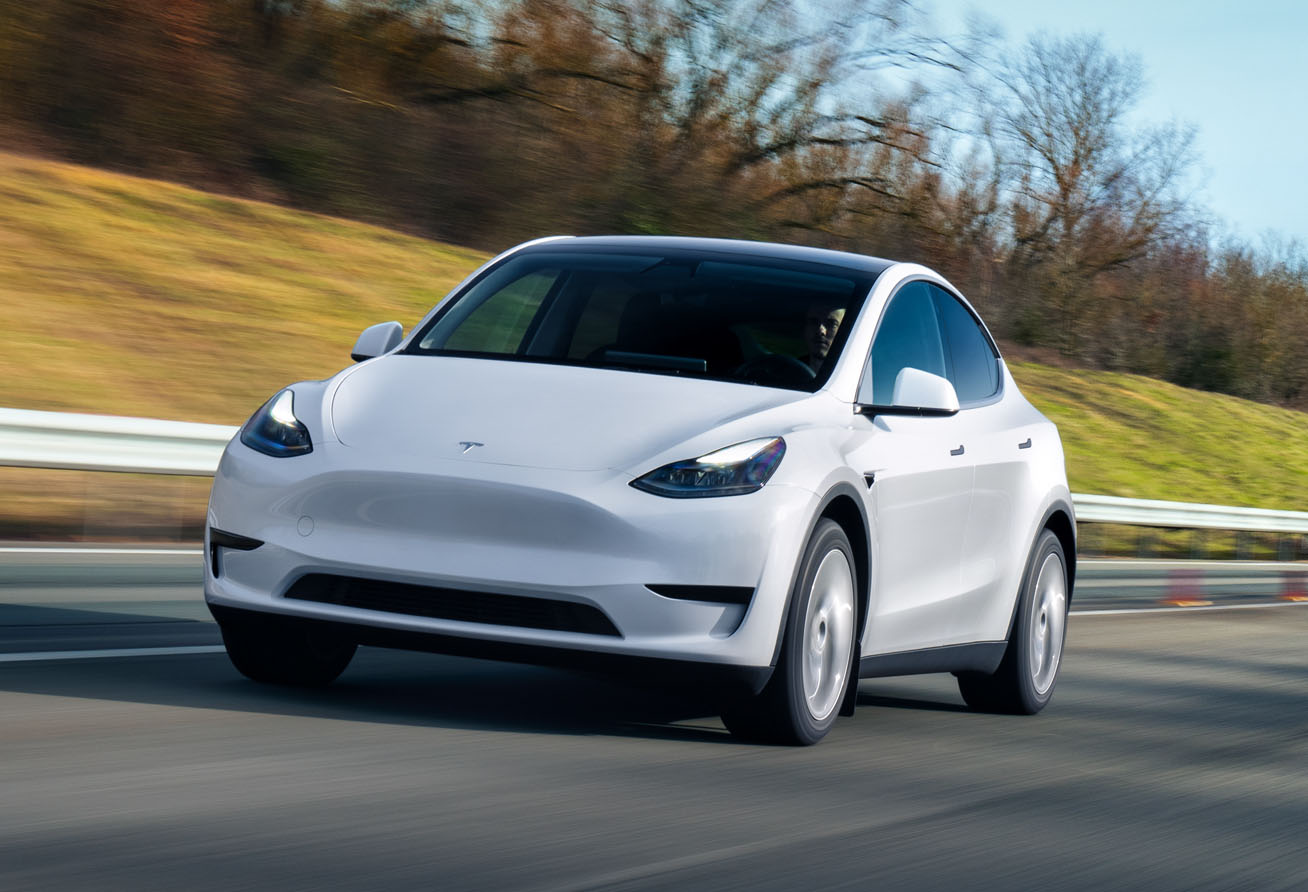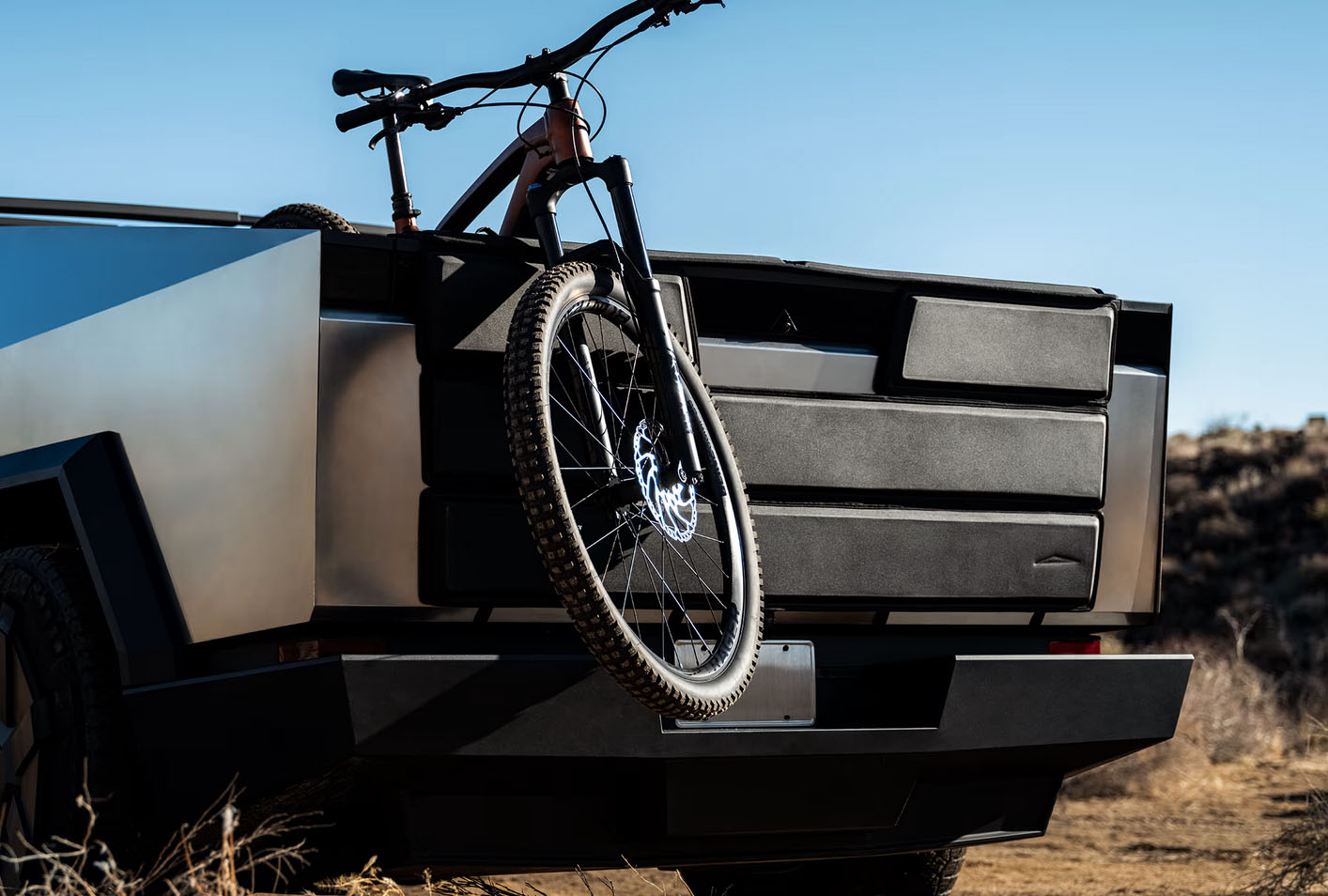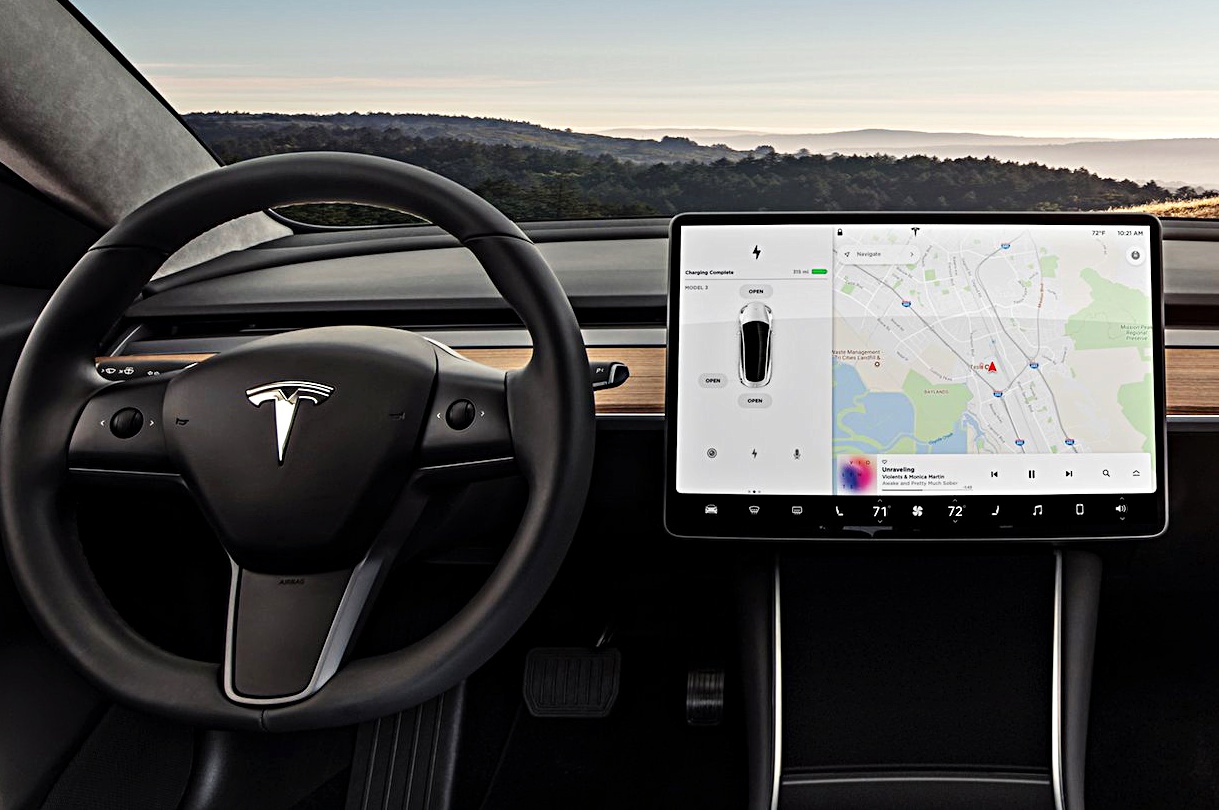Tesla is postponing the launch of its robotaxi service by approximately two months to October, as the company’s design team is revising certain elements of the vehicle, Bloomberg News reported on Thursday, citing sources familiar with the decision.
CEO Elon Musk had initially announced an unveiling date of August 8 for the robotaxi, following reports in April that Tesla had scrapped plans for a low-cost vehicle in favor of developing self-driving robotaxis on the same small-vehicle platform.
“Tesla has been playing this game for nearly a decade of promising ‘next year, next year’. And I’ve seen no indication that Tesla … is on track for a meaningful deployment of the kind of automated driving system that Tesla has consistently promised,” said Bryant Walker Smith, a law professor at the University of South Carolina specializing in autonomous vehicle law.
Aside from confirming the unveiling date, Musk has provided minimal details about the robotaxi project. He mentioned that some vehicles would be Tesla-owned and operated, while others would be privately owned and rented out through Tesla’s network.
Analysts and industry experts caution that the development of autonomous driving systems and robotaxis will be challenging and time-consuming, facing technological and regulatory obstacles.
“I think the (launch) event will be a disappointment as we were probably gonna get a CyberTaxi, not a RoboTaxi … Nobody’s going to be able to knit socks on their way to work or nap while the vehicle brings you to gramma’s,” commented Craig Irwin, senior research analyst at Roth MKM.
Despite the setback, some investors like Jamie Meyers, senior analyst at Laffer Tengler Investments, remain optimistic. “Honestly, it seemed like a quick pivot, so I’m not surprised by the delay at all. In the grand scheme of things, two months don’t change the picture,” Meyers said.
Musk, focusing on artificial intelligence, autonomous driving software, robotaxis, and the humanoid robot named Optimus, aims to counter a slowdown in electric vehicle sales, which constitute more than 80% of Tesla’s quarterly revenue.


